A simple, quick and versatile approach for fabricating gradient tissues through the physical force of buoyancy.
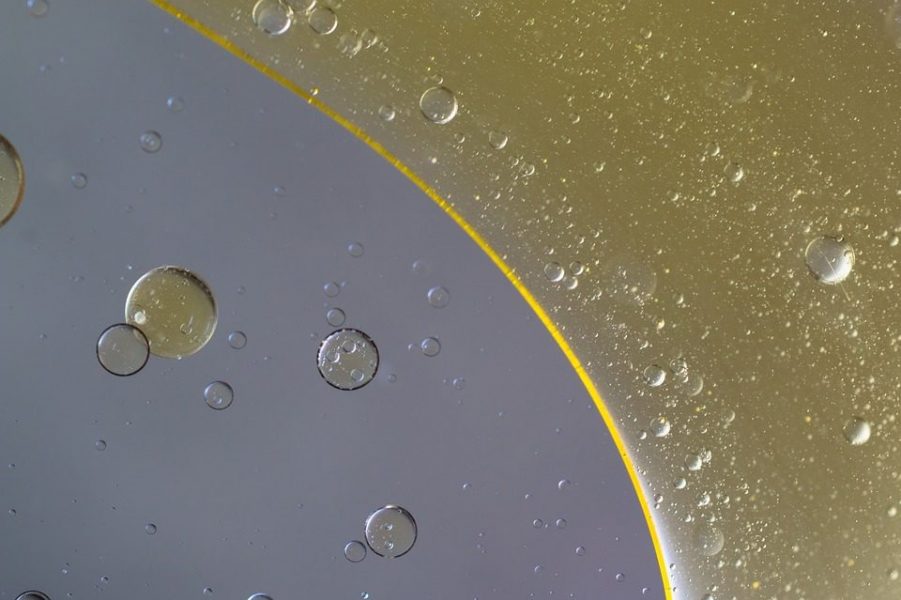

A simple, quick and versatile approach for fabricating gradient tissues through the physical force of buoyancy.
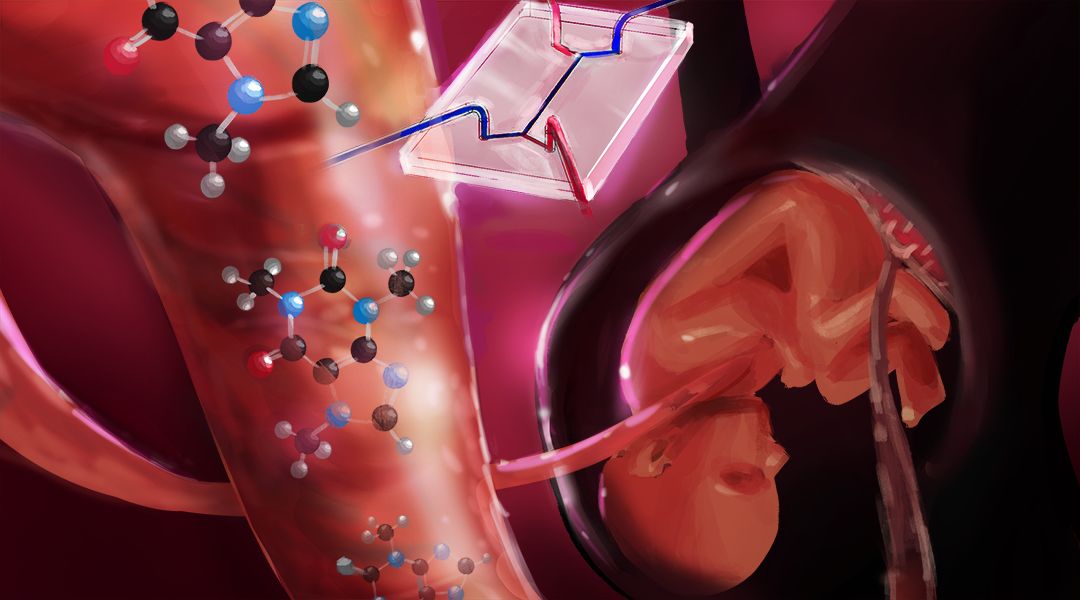
Organ-on-a-chip technology allows for the study of caffeine transport across the placenta to the fetus during pregnancy.

A team of Canadian researchers has shown that direct contact between an AP “cold” oxidizing plasma source and water that contains very high concentrations of cyanobacteria and green algae, along with associated BMAA toxin, could be quite rapidly (in minutes) decontaminated with modest energy input.
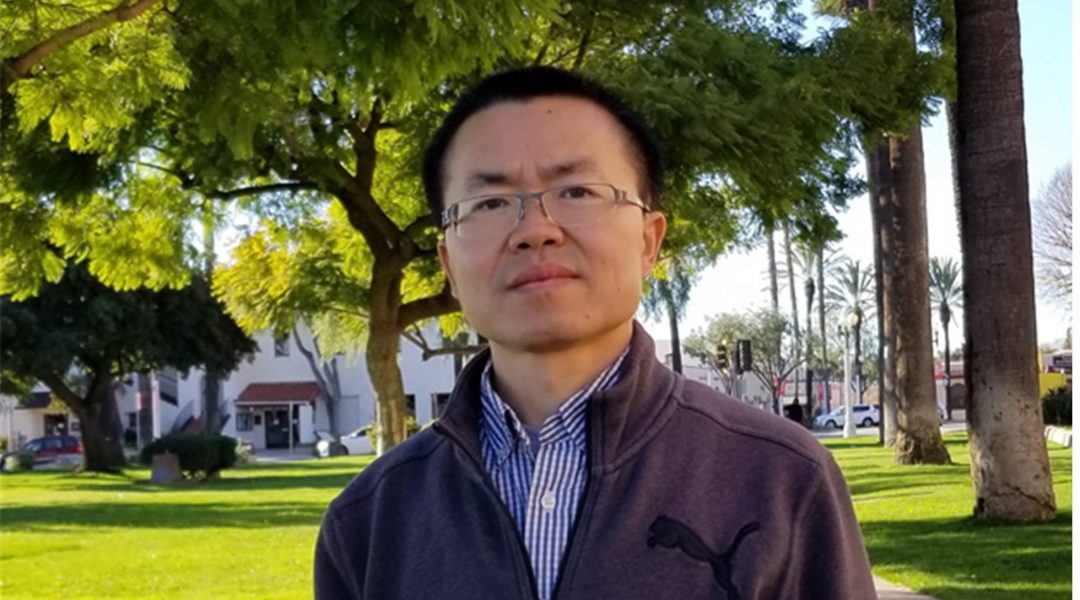
Yadong Yin on stimuli-responsive materials, the importance of science communication and future research plans.
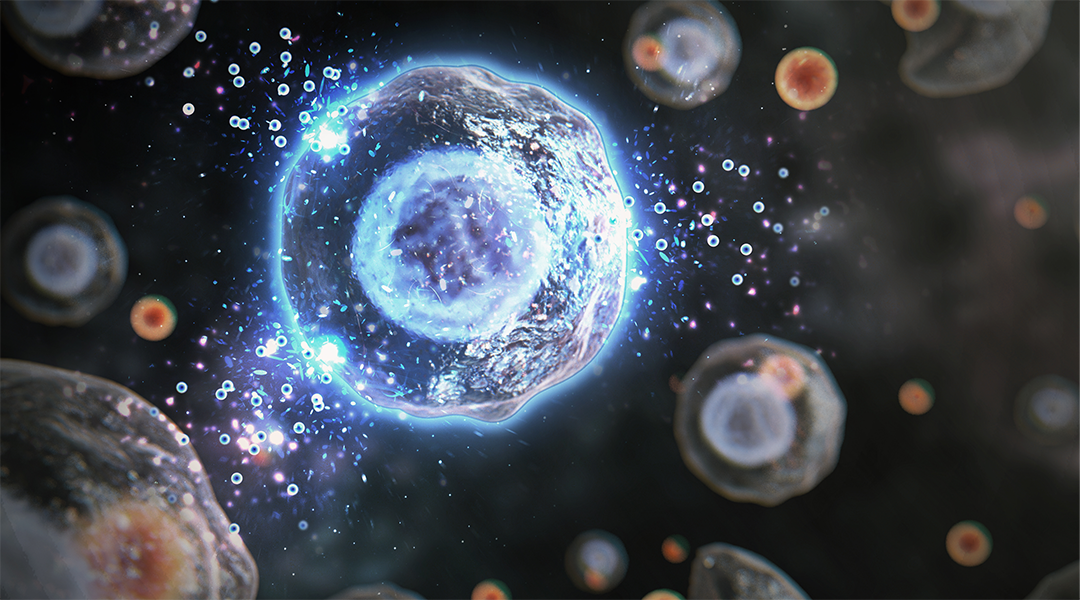
Special issue in Advanced Healthcare Materials, edited by Weiqiang Chen and Deok‐Ho Kim, including biomaterial-immune cell interactions, immunotherapy, immune organs-on-chip and mechanobiology.
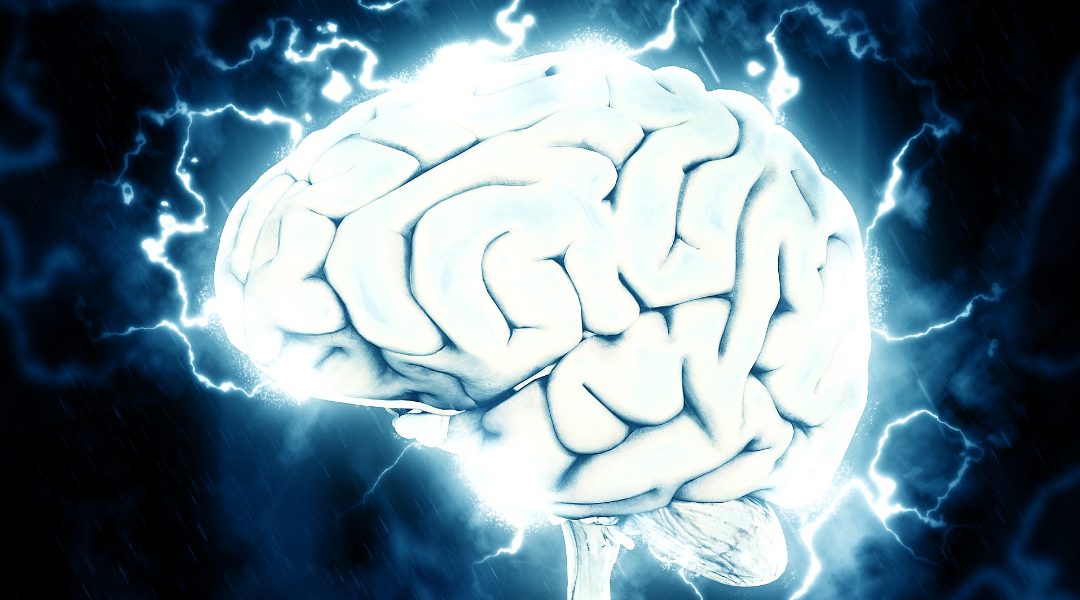
Thiago França and José Monserrat discuss how episodic memories are coded by the hippocampus.
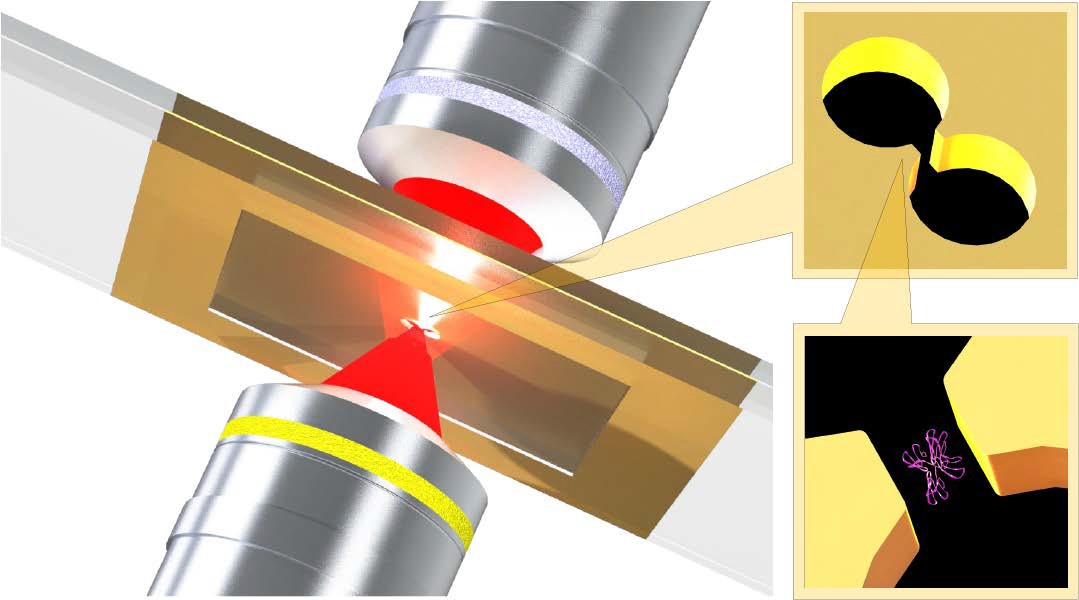
Recent advances in single‐molecule techniques have led to new discoveries in analytical chemistry, biophysics, and medicine. Understanding the structure and behavior of single biomolecules provides a wealth of information compared to studying large ensembles.

Within the European Research Project E-MAGIC, scientists develop a promising magnesium-based energy storage technology.

A special issue of Macromolecular Bioscience highlights progress in supramolecular hydrogel biomaterials.
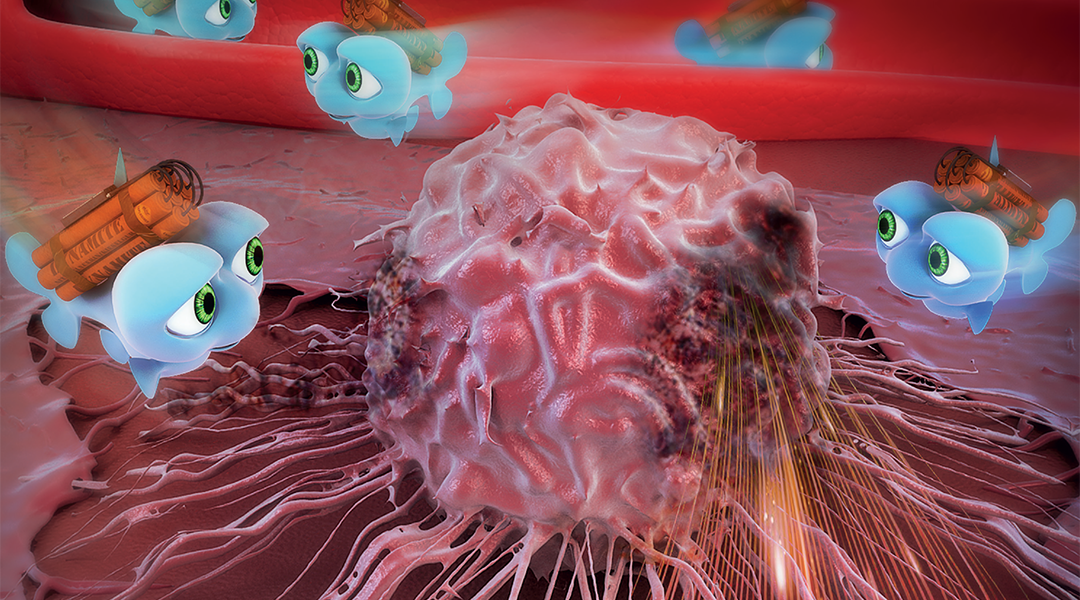
Self-assembling protein nanoparticles that target the mitochondria and rapidly accumulate in tumors have potential for combination therapies.